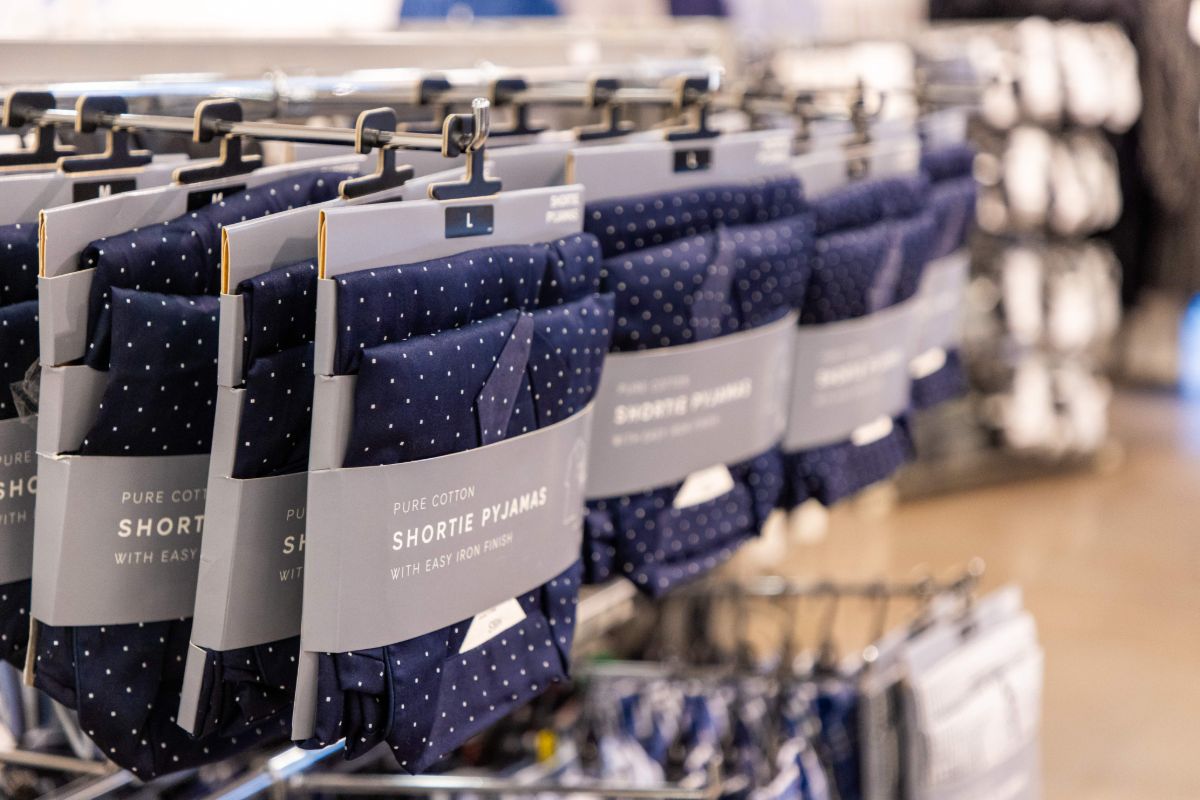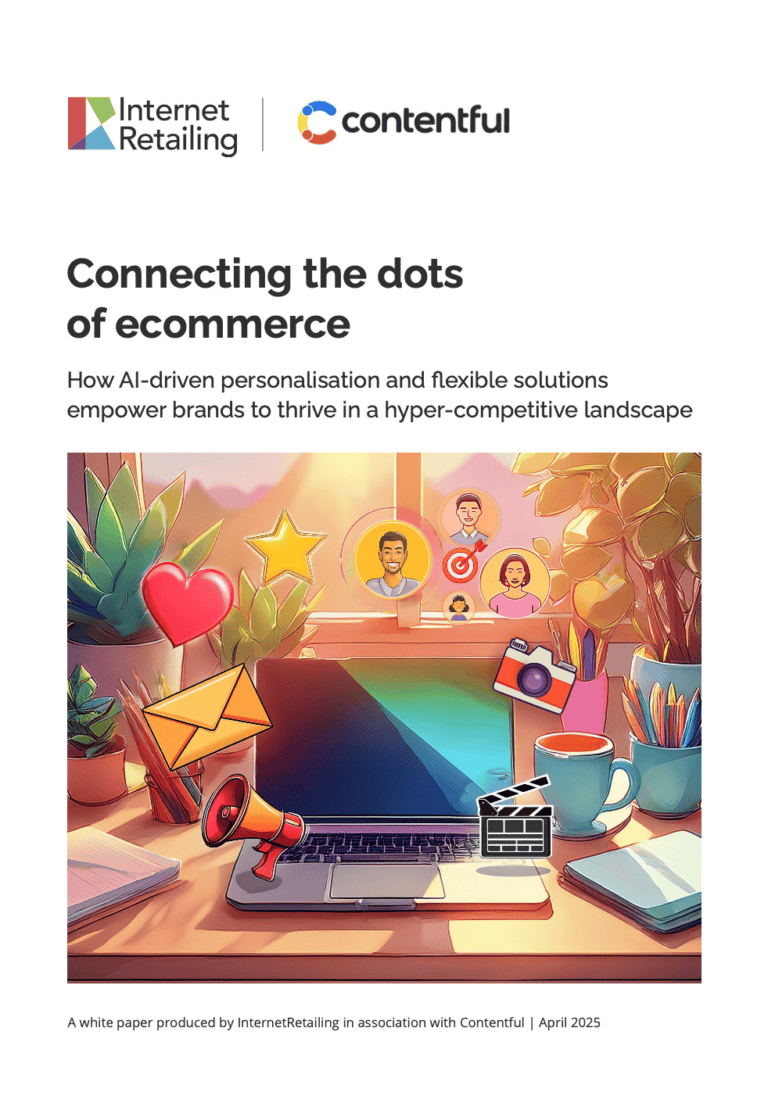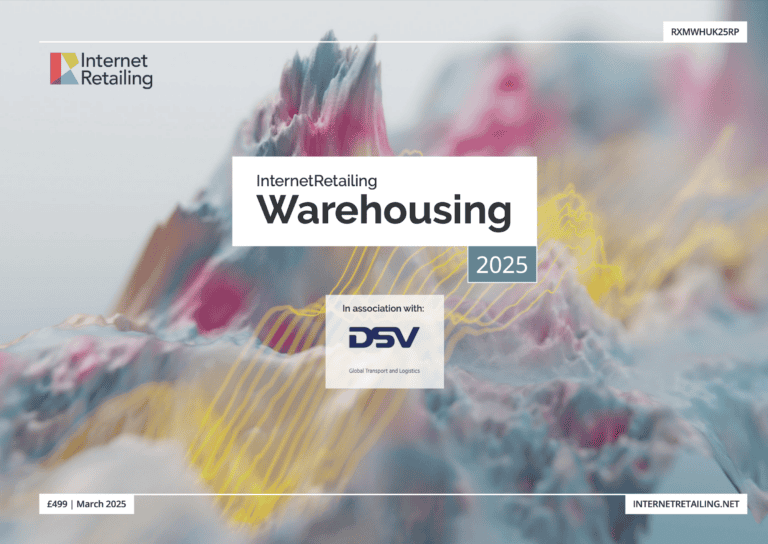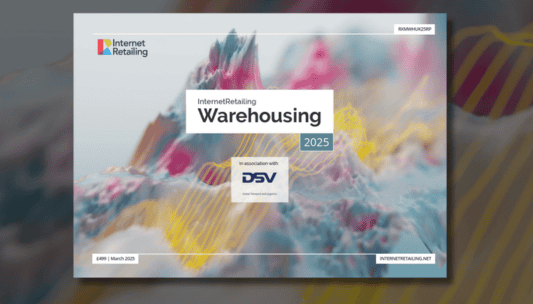Online sales grew by 51.6% year-on-year in August, but dipped by 2.5% compared to July as the rest of retail continues to recover from Covid-19, the latest official figures suggest. Sectors including clothing appear to be suffering from the longer-term effects of the pandemic. Overall, ecommerce appears to be retaining much of the growth that it achieved during lockdown, although sales have decreased slightly from July in most categories.
Across all sales channels, shoppers spent more on retail transactions in August than they did in pre-pandemic February as retail returned to year-on-year growth following the coronavirus outbreak, according to today’s ONS Retail Sales report for August, Retail sales also grew in August compared to a year earlier as shoppers spent 4.4% more to buy 4.3% more goods, excluding petrol and diesel. They spent 0.4% more than the previous month, to buy 0.6% more goods, again excluding fuel.
How shoppers bought online in August
Online sales grew strongly in August compared to the same time last year across all categories, but sales were down compared to July in all but two categories. The ONS says in today’s report that the month-on-month decline online may be because more businesses reopened from July, including restaurants and bars. This may have affected food sales as shoppers chose to eat out instead of cooking at home, and the ONS found that footfall was also down at more than half (51.5%) of food shops in two weeks of August compared to what they’d normally expect.
Overall, 28.1% of UK retail sales took place online during the month, as ecommerce grew by 51.6% compared to last year but dipped by 2.5% compared to July 2020. In July, 28.9% of sales were online, and in June 31.8% of sales took place online, having reached a peak of 33.3% in May. In February, 19.6% of sales took place online.
Online food sales continued to be well ahead of last August (+89.5%) but were 4.6% down on July. Some 10.4% of UK food sales were online in August. That’s up from 5.4% in February.
Almost a quarter (24.5%) of non-food sales took place online last month, with sales up by 58.2% on the same time last year but down by 2.6% compared to July.
Department stores saw 29.3% of sales take place online in August, with ecommerce sales up by 63.5% on last year, and down by 0.6% compared to July. And in non-store retailing, where 81.9% of sales took place online, sales grew by 38.4% compared to last year, and fell by 1.6% compared to last month. At ‘other stores’, a category that includes electricals, 19.2% of sales took place online, with sales up by 73.9% on last year but down by 16.5% on last month.
Two categories saw online sales rise on both last year and last month. In clothing, footwear and textiles, online sales accounted accounted for 29.2% of sales and were up by 33.1% on last year and by 5.4% on last month. At household goods stores, 23% of sales were online, following year-on-year growth of 79.4% and month-on-month growth of 5.7%.
How August compares to pre-pandemic spending
February was the last full month where retail sales were not affected by the Covid-19 pandemic. The comparisons that the ONS makes between August and February may give useful insights into how spending has changed compared to the pre-pandemic normal.
In August, retail sales across all channels, and including fuel sales, were up by 2.5% in value and by 4% in volume compared to February. Spending on home improvements rose as shoppers bought 9.9% more goods from household goods stores compared to February.
Non-store sales volumes – which mostly take place online via pureplay retailers – were 38.9% above February, the ONS figures suggest. “This,” it says in today’s report, “was driven by a shift to online orders during lockdown because of temporary store closures for non-essential stores. As a result, all non-food stores experienced a sharp decline in April, with signs of recovery from May to August 2020.” However, clothing retailers continue to feel the pain of lockdown, with August sales across all channels still 15.9% below February levels, and 85.7% of clothing stores reporting a fall in footfall in August compared to what they’d normally expect for the time of the year.
Analyst and industry commentary
Helen Dickinson, chief executive of the British Retail Consortium, said: “It is clear that the retail industry is entering a period of fragile recovery, with August showing the third consecutive month of growth. However, the recovery remains a mixed bag, with high growth in online sales while city centre shops suffered as a result of low footfall.”
Mona Bitar, EY UK&I consumer leader, said: “It’s encouraging to see healthier retail sales data. Consumers are tentatively gaining more confidence returning to the shops and online sales continue to show their strength – clearly some pandemic habits are sticking. EY’s own recent research backs up the continued shift towards online shopping, with 43% of UK consumers saying they will shop more online for products previously bought in stores in June compared to 17% in May. 64% of consumers say they are visiting physical stores less.
“Despite this more positive news, it is clear that retailers are not out of the woods yet. Their real challenge now is to examine how they link physical shopping to the online experience – providing a single, seamless customer journey.
“The shift online has resulted in many operational difficulties for retailers, and for most it has come at a cost. How to turn the online demand into profitable growth will be the holy grail.
“To succeed in the next phase of recovery, retailers have to learn how to use the data they have to better understand their customers and tailor products and experiences to their needs.”
Neil Devlin, head of retail at Acxiom, said: “The business of retail has changed dramatically. Consumer sentiment is shifting and people are now buying items online and via apps more than ever. In a recent Acxiom study 46% of respondents now think another pandemic this decade is very likely and it’s expected to continue affecting the way people feel when shopping in store. With purchasing touchpoints shifting to the virtual world, retailers have seen a sharp increase in customer data from online channels.
“This influx of data can be daunting for retailers, particularly for whom online offerings are a new venture born out of lockdown. Data, when handled correctly, can be a huge advantage to retailers in the highly competitive world of online, though there are pitfalls. One of these is siloed data. When sales, marketing and product teams aren’t aligned customers don’t get a connected experience, and retailers could be missing out on key revenue streams.”
Aled Patchett, head of retail and consumer goods at Lloyds Bank, said: “August proved a far better month than most retailers expected, with many market towns and retail parks benefitting from increased footfall as consumers holidayed at home and fears around Covid-19 eased for a short while. However, there remains huge uncertainty for shops, particularly those in city centres.
“With the autumn / winter season set to be characterised by uncertainty and increased social restrictions, we can expect to see further changes across the sector as businesses look to reshape their models for a ‘Covid Christmas’. Naturally, there is growing anxiety among those who bank on a successful golden quarter given the impact social distancing could have on this year’s festivities.”









